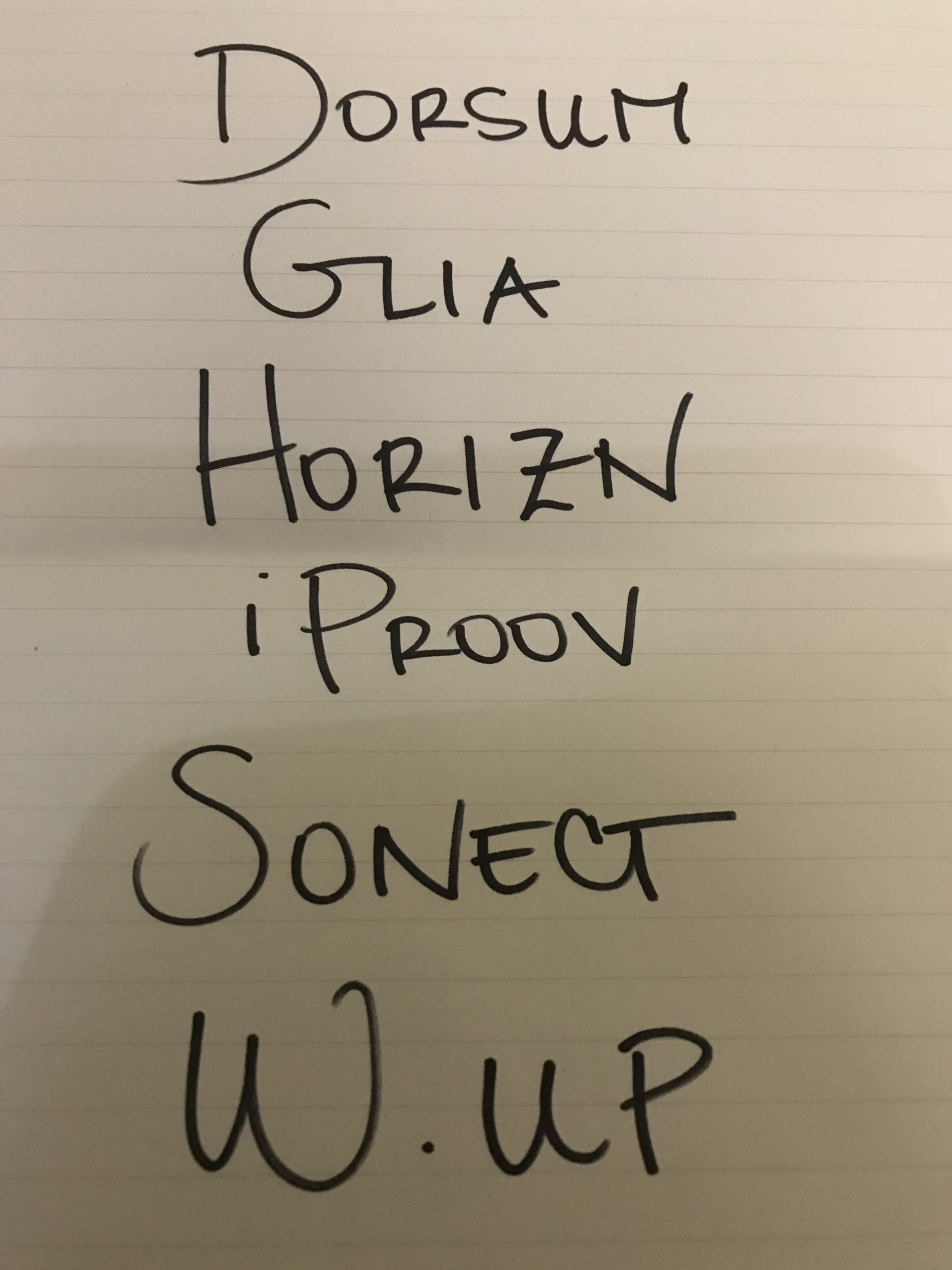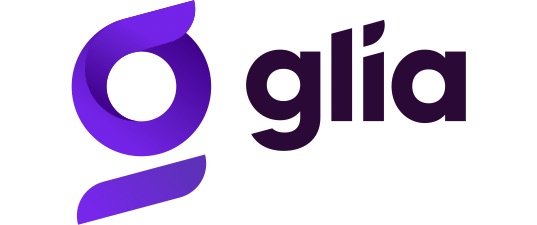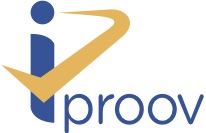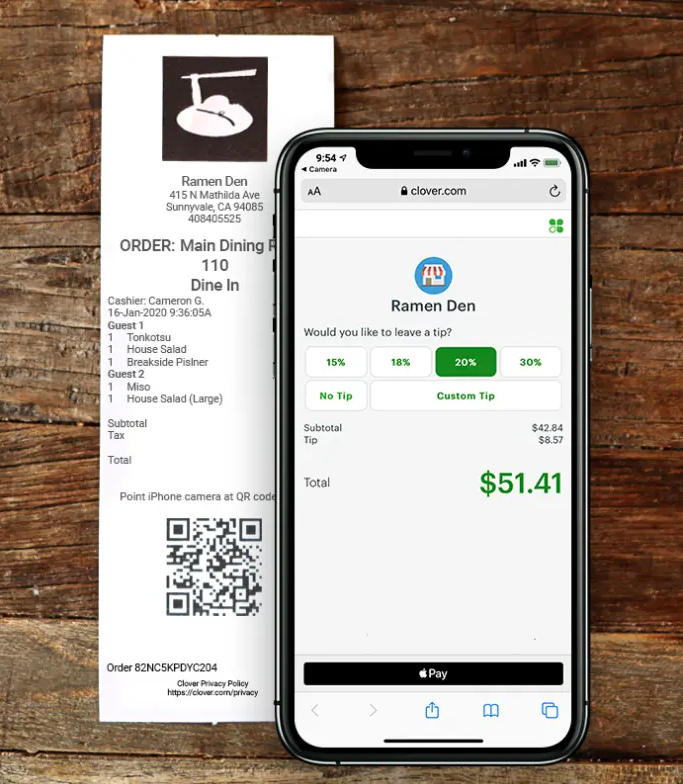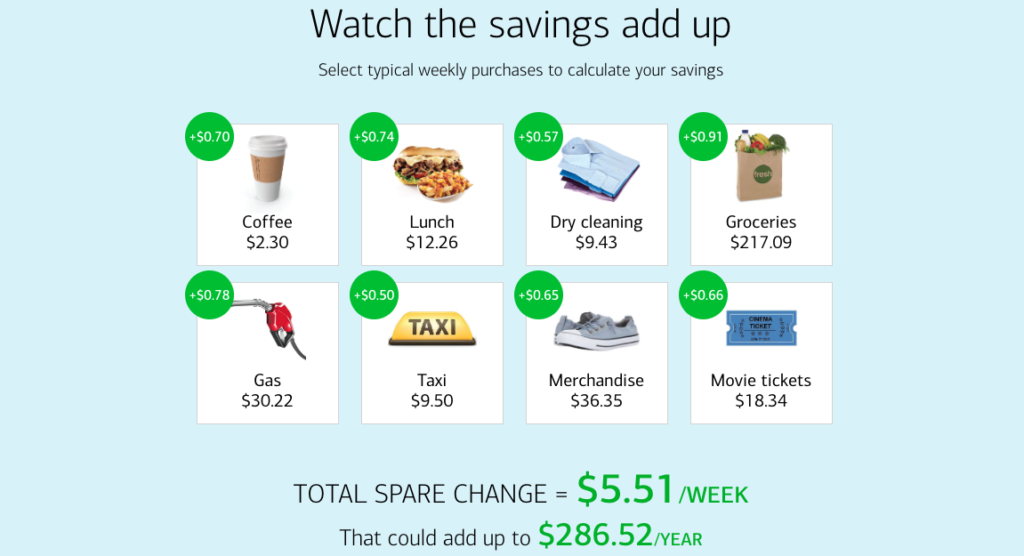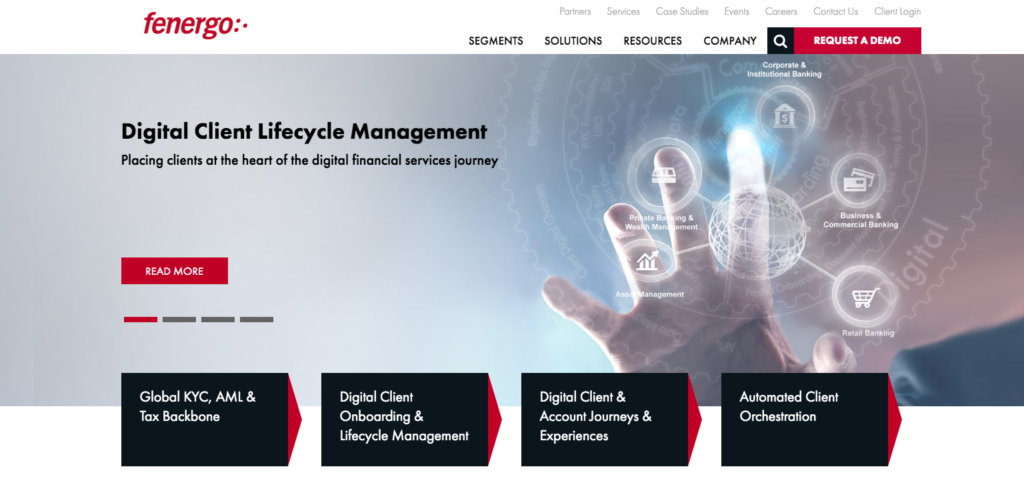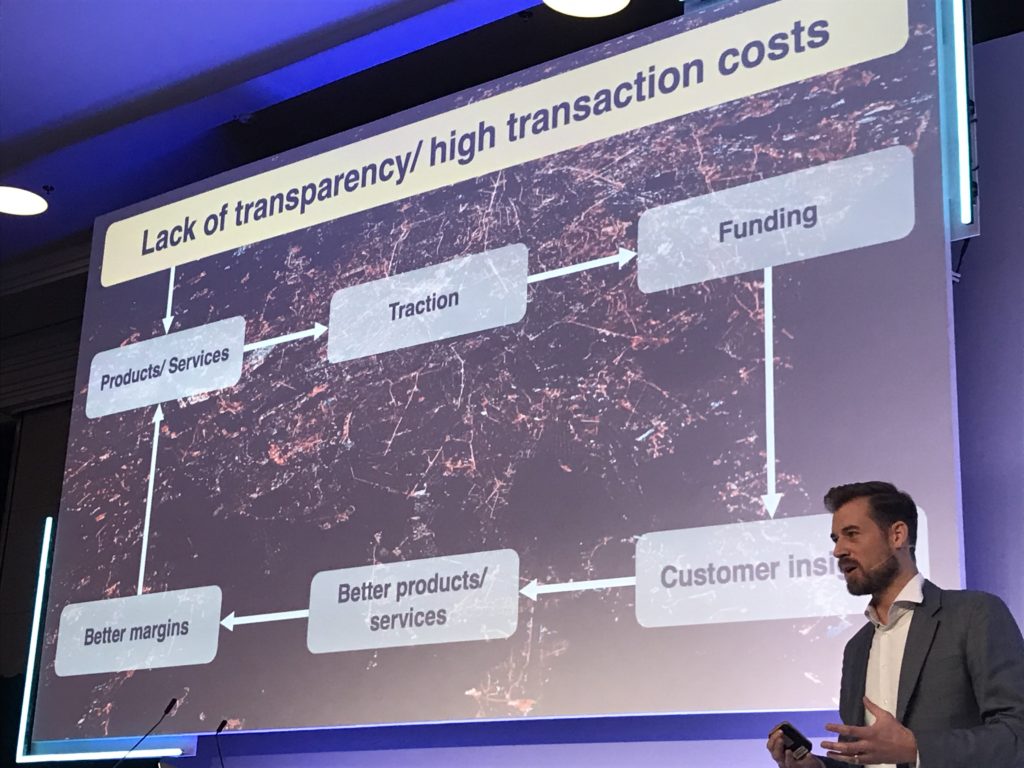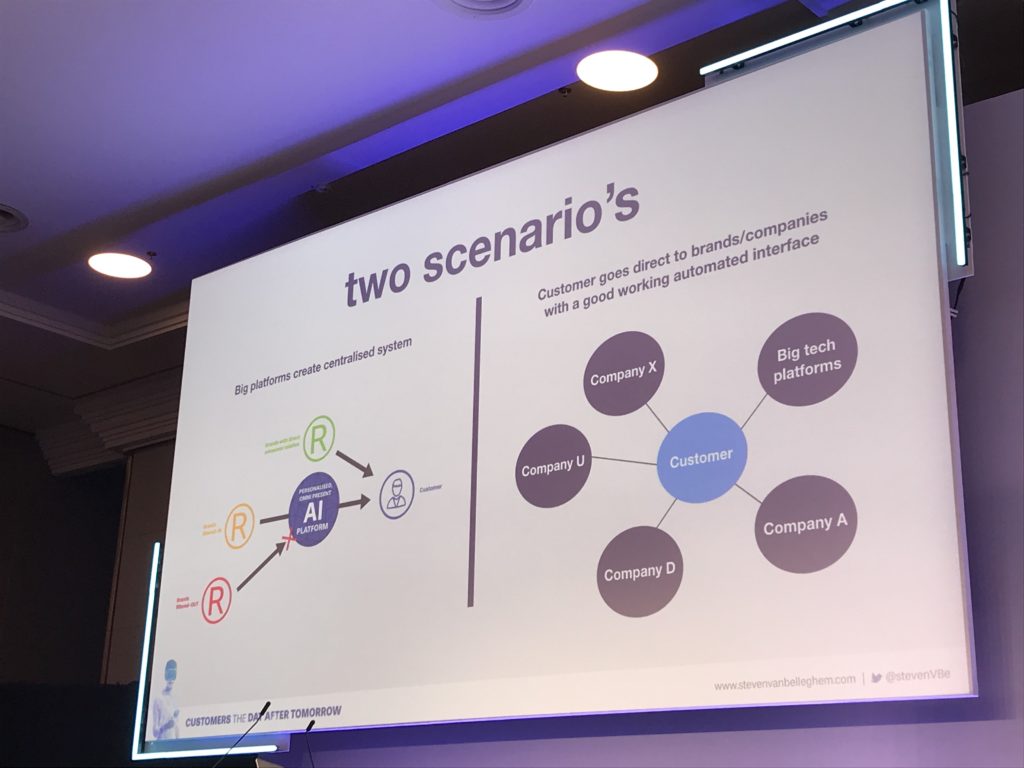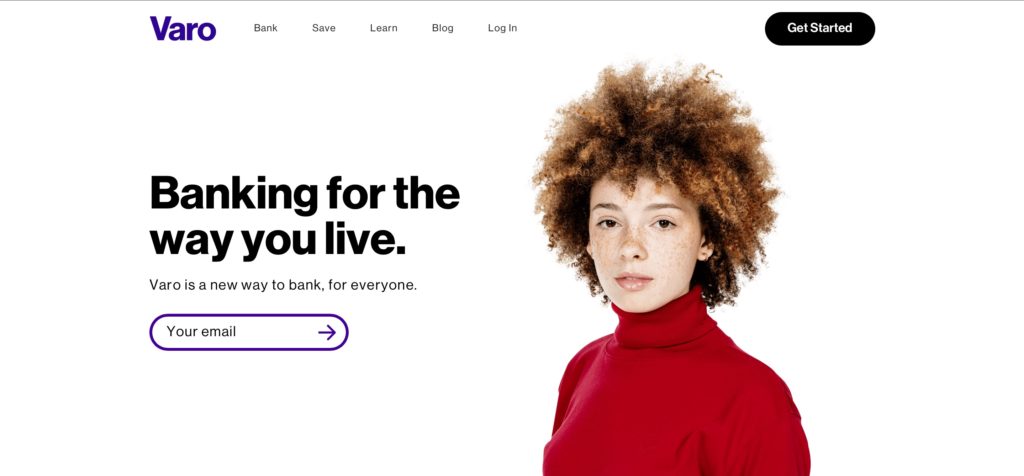
One of my favorite sayings is, “If you’re not living on the edge, you’re taking up too much space.” Can the same be said of banks who don’t use edge computing? Not exactly.
First, let’s take a look of what edge computing is as it relates to the financial services sector. Edge computing refers to when data processing and storage occurs closer to the person or item creating the data. It is an alternative to cloud processing, in which data is processed at a data center that could be located thousands of miles from the source.
The classic edge computing illustration is an autonomous vehicle. The AI that the driverless car uses has to process a lot of data very quickly in order to be a successful (and safe) driver. Taking too long to decipher between a tree and a person could mean life or death, so being able to process that data as close to the vehicle as possible is key.
Edge computing sounds fancy and has obvious benefits across the technology landscape, but what can it do for banks?
Increase security
Because edge computing eliminates the need to send consumers’ personal information into the public cloud, the security risks inherent to the process of moving data are eliminated. The closer the data stays to its source, the fewer the places cyberattackers can penetrate.
Lower latency
With edge computing, data is able to be processed much faster since it does not have to travel to and from a data center. This increased speed can be beneficial when businesses must make decisions in near-real time.
Boost the use of the Internet of Things (IoT)

Banks are increasingly relying on IoT to interface with their customers. Bank apps, ATMs, kiosks, and technologies such as HSBC’s Pepper all require increased data processing capability. Edge computing opens up possibilities for more IoT options with fewer data limits.
Increased innovation
When security is less of a concern, speed is no longer an issue, and a bank has more options for IoT implementation, innovation is able to flow more freely. This, combined with edge computing’s potential cost benefits, can help banks implement new solutions that otherwise may have been on the back burner.
Lower cost
When there is no need for a data center, costs associated with the data center itself, as well as the costs of sending data back-and-forth to data centers or the cloud are diminished.



